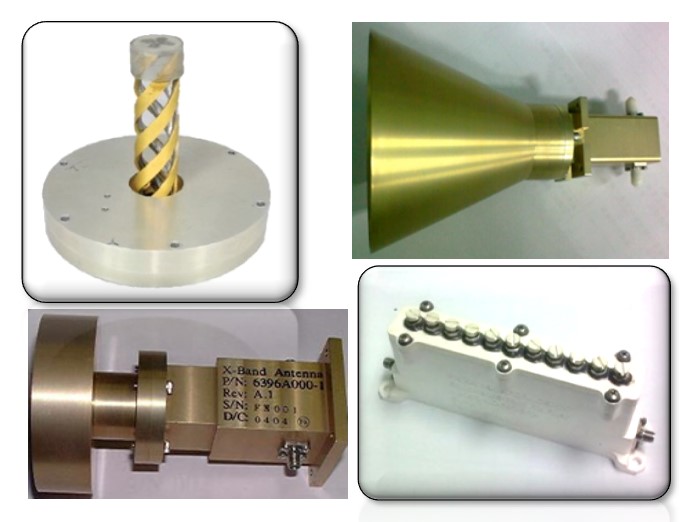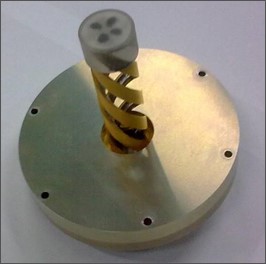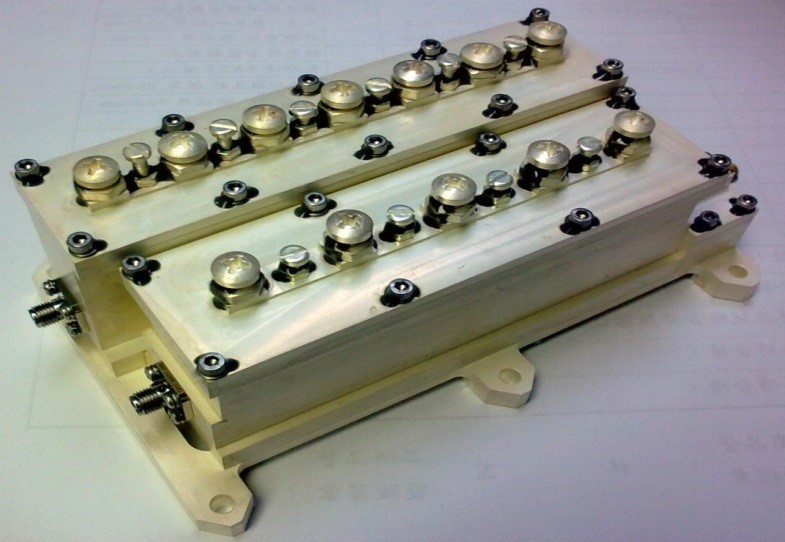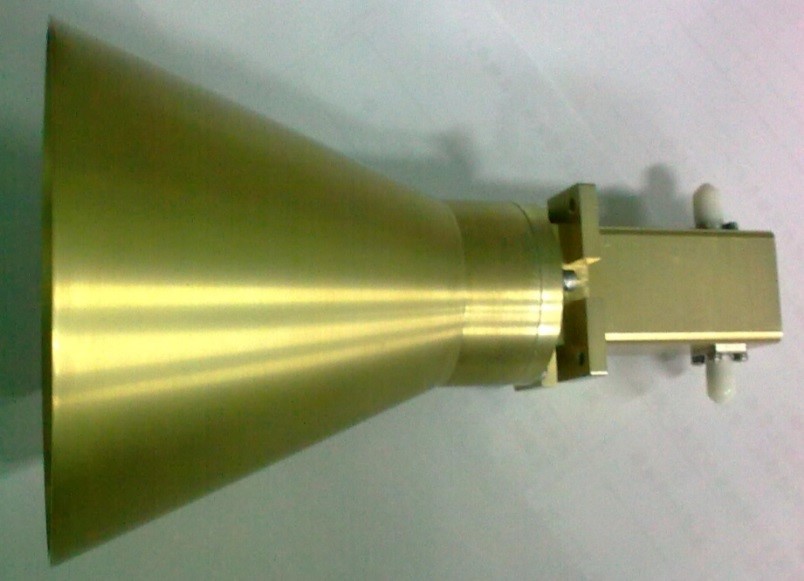Intelligent Control of Grid-Connected Microgrid with Virtual Inertia

Author(s)
Chin-Yi ChuBiography
Vice President, R&D Division, Pyras Technology Inc.
Academy/University/Organization
Pyras Technology Inc-
TAGS
-
Share this article
You are free to share this article under the Attribution 4.0 International license
- ENGINEERING & TECHNOLOGIES
- Text & Image
- January 01,2022
Pyras Technology Inc. began supporting the Taiwan LEO satellite program in 1992. We continue to be the sole Taiwanese supplier of space qualified comports for all FORMOSAT programs over the past thirty years. This article will introduce three space qualified key components for LEO satellite communication including the S-band helix antenna, S-band diplexer, and X-band horn antenna. These components have been used in several LEO satellite programs including Taiwan’s FORMOSAT-1, FORMOSAT-2, FORMOSAT-3, FORMOSAT-5, FORMOSAT-7, Korean Satellite, Singapore Satellite, UAE Satellite, and Ukraine Satellite.

Pyras Technology Inc. began supporting the Taiwan LEO satellite program in 1992. We continue to be the sole Taiwanese supplier of space qualified comports for all FORMOSAT programs (e.g., FORMOSAT-1, FORMOSAT-2, FORMOSAT-3, FORMOSAT-5, FORMOSAT-7, FORMOSAT-8) over the past thirty years. This article will introduce three space qualified key components for LEO satellite communication including the S-band helix antenna, S-band diplexer, and X-band horn antenna.
S-band Helix Antenna
The S-band helix antenna is a key component for the TT&C (Telemetry, Tracking and Command) subsystem on the LEO (Low Earth Orbit) satellite. It can transmit and receive S-band signals to provide a connection between the LEO satellite itself and the facilities on the ground station. See the Figure 1 helix antenna picture. The S-band satellite antenna is a compact, broad coverage, circular polarization, quadrifilar helix. The key features are as follows:
a) The optimum shaped-conical radiation pattern with a maximum gain at +65 and -65 degrees and gain decreasing to a local minimum at the center of the cone is provided. This produces uniform signal strength at the receiver throughout the satellite pass.
b) The right-hand circular polarization signal is obtained with phase quadrature excitation of the 4 arms helical elements by a 90 degree hybrid inside the base bracket.
c) Both the antenna and the hybrid can cover the usage S-band frequency 2.0-2.3GHz.

Figure 1. S-band Helix Antenna
S-band Diplexer
The S-band diplexer contains three basic elements, a transmit bandpass filter, a receive bandpass filter, and a tee junction at the antenna port where the two filters join. The transmit bandpass filter can pass the transmit band signal from the transmitter, and reject the receive band signal from the transmitter to receiver. The receive bandpass filter can pass the receive band signal into the receiver, and reject the transmit band signal from transmitter to receiver (Figure 2).
The filter is a combline cavity filter based on the Chebyshev function design. Filters contain several cavities and tuning screws. The center frequency and bandwidth are tunable by tuning the screws

Figure 2. S-Band Diplexer/Filters
X-band Horn Antenna
X-band horn antenna is used as a transmit component for payload data downlink from satellite to ground station. See the Figure 3 picture. This component consists of a conical horn and a septum polarizer. The septum polarizer has 2 SMA connector ports that can convert the TEM mode electrical field in the SMA connector to circular polarization electrical field in the waveguide. One SMA port is LHCP (Left-Hand Circular Polarization) and the other SMA port is RHCP (Right-Hand Circular Polarization). The operation frequency is between 8.0 and 8.4GHz. The peak gain is better than 18dBic. The isolation between two ports will be better than 25dB.

Figure 3. X-Band Horn Antenna
All space qualified components meet space environmental specifications and pass environmental test requirements including the natural frequency test, thermal cycling test, random vibration test, sine vibration test, and shock test.
These components have been used in several LEO satellite programs including Taiwan’s FORMOSAT-1, FORMOSAT-2, FORMOSAT-3, FORMOSAT-5, FORMOSAT-7, Korean Satellite, Singapore Satellite, UAE Satellite, and Ukraine Satellite.
STAY CONNECTED. SUBSCRIBE TO OUR NEWSLETTER.
Add your information below to receive daily updates.




